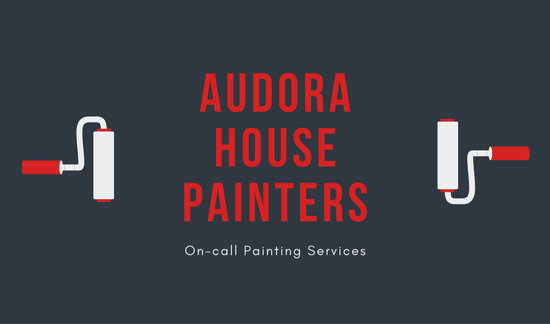Comprehending Seasonal Influences On Commercial Outside Paint: Important Understanding For Success
Comprehending Seasonal Influences On Commercial Outside Paint: Important Understanding For Success
Blog Article
Web Content Writer-Aguilar Urquhart
When you're preparing a business external paint task, seasonal aspects can make or damage your results. You'll wish to take into consideration how temperature and moisture influence paint application and drying out times. Choosing the best season can guarantee your paint adheres effectively and lasts much longer. Yet which commercial painting for retail shopping centers are truly the best for this sort of job? Let's discover the key elements that can affect your job's success.
The Influence of Temperature Level on Paint Application
When you're preparing an industrial external paint task, the temperature can dramatically impact exactly how well the paint sticks and dries.
Preferably, you wish to paint when temperatures vary between 50 ° F and 85 ° F. If it's also chilly, the paint might not cure properly, resulting in issues like peeling off or fracturing.
On the other hand, if it's too hot, the paint can dry out also rapidly, avoiding proper bond and resulting in an uneven finish.
You need to additionally consider the moment of day; early morning or late afternoon supplies cooler temperature levels, which can be more beneficial.
Always check interior door painting service for the particular paint you're utilizing, as they frequently give assistance on the excellent temperature level range for ideal outcomes.
Moisture and Its Effect on Drying Times
Temperature isn't the only ecological element that influences your commercial external paint task; humidity plays a significant role also. High humidity degrees can decrease drying out times significantly, affecting the overall high quality of your paint job.
When the air is saturated with wetness, the paint takes longer to heal, which can result in issues like bad bond and a higher risk of mildew development. If you're repainting on an especially damp day, be gotten ready for extensive wait times in between layers.
It's essential to keep an eye on neighborhood weather conditions and strategy as necessary. Ideally, go for humidity degrees in between 40% and 70% for optimum drying.
Maintaining these consider mind guarantees your job remains on track and provides a lasting surface.
Best Seasons for Commercial Exterior Paint Projects
What's the very best season for your industrial exterior painting projects?
Springtime and very early loss are typically your best options. Throughout these seasons, temperature levels are mild, and humidity levels are often lower, producing excellent conditions for paint application and drying.
Stay clear of summer season's intense heat, which can cause paint to completely dry also rapidly, causing bad adhesion and coating. Likewise, wintertime's cold temperatures can impede proper drying out and curing, running the risk of the longevity of your paint job.
Go for days with temperature levels between 50 ° F and 85 ° F for optimal results. supplemental resources in mind to examine the neighborhood weather report for rainfall, as damp problems can spoil your project.
Planning around these factors ensures your painting project runs efficiently and lasts longer.
Verdict
To conclude, preparing your business external paint projects around seasonal factors to consider can make a substantial difference in the outcome. By scheduling work throughout the perfect temperatures and humidity levels, you'll make sure better adhesion and drying times. Bear in mind to keep an eye on neighborhood weather forecasts and choose the correct time of year-- springtime and very early fall are your best options. Taking these actions will help you accomplish a long lasting and expert finish that lasts.
